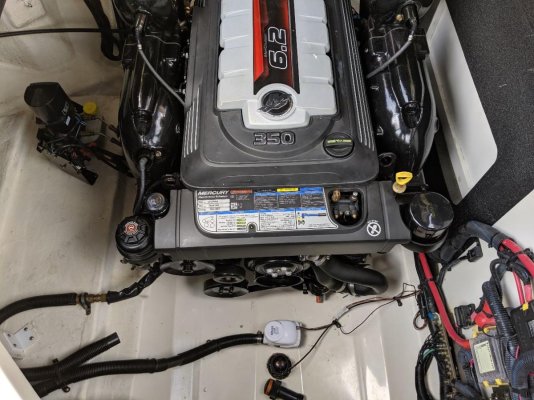TomandJeri
Senior Member
The full load or max power curve indicates the peak output capability at various RPM.
I thought that any point on the curve would be OK and that was how engines were derated. Tony Athens specifically said no. Derated engines are rated at lower output than the max power curve of the highest output model according to Tony.
We source a fair number of primarily Deere, Cat, and Cummins industrial engines, and the power, torque, fuel burn rate, and other curves are different for each HP rating of the same engine. Injectors, timing, possibly cams, and programming can vary depending on the power or duty-cycle rating. Look at John Deere 4045 power units, which vary from 80 hp to 173 hp, all rated at the max of 2400 rpm. I'd have to dig through paper files to find Cat C15 and C18 ratings for duty-cycle ratings from A through E, as they no longer put those details online.
But a C18 A-rated 'prime power' will run at full power all day and all night, while the standby E-rating has severe restrictions on percentage of run time at various loads and the uninterrupted time at those loads. But they have a much higher power rating for the same engine. They just won't last as long working like that. Which is fine for applications that don't require continuous output at those higher hp levels, but do require intermittent and infrequent high output duty cycles.
I don't know T. Athens, but I would say he's correct.

